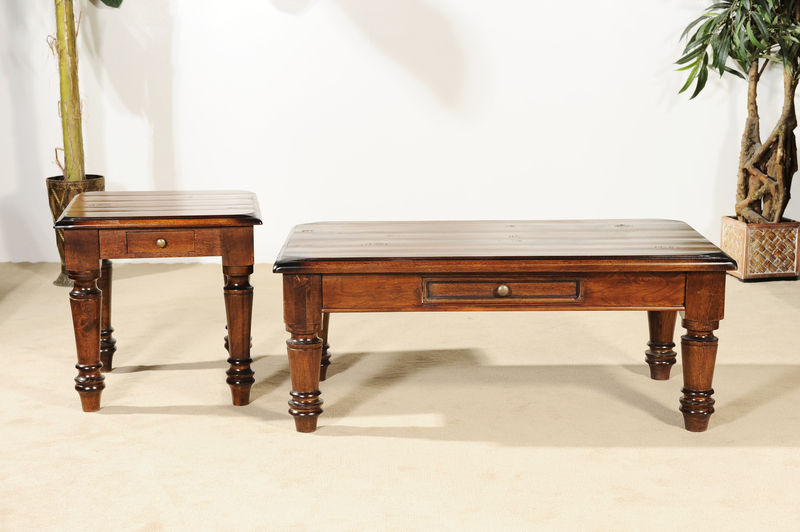Best Practices for Large Furniture Disposal During a Move
Moving to a new home is an exciting transition, but it often comes with the challenge of handling large and bulky furniture. Disposing of large furniture during a move requires careful planning and the right strategies to ensure the process is efficient, environmentally friendly, and cost-effective. In this comprehensive guide, we'll explore the best practices for large furniture disposal during a move, helping you make informed choices and streamline your relocation process.

Why Proper Large Furniture Disposal Matters
Large furniture pieces -- such as sofas, wardrobes, beds, and dining tables -- can be difficult to move and may not always fit into your new space or design aesthetic. Disposing of them responsibly is crucial for several reasons:
- Reduces moving costs: Fewer heavy items mean lower moving fees.
- Minimizes waste: Proper disposal prevents unnecessary landfill contributions.
- Supports sustainability: Many furniture materials can be recycled or repurposed.
- Aids in decluttering: Starting fresh in your new home.
Assessing What to Dispose Of and What to Keep
Begin by evaluating your current furniture inventory. Ask yourself:
- Does this piece fit in my new space?
- Is it in good condition, or is it nearly worn out?
- Does it match my new home's style and needs?
Best Practices for Disposing of Large Furniture During a Move
1. Donate Your Large Furniture
Donation is one of the most eco-friendly and socially responsible ways to dispose of large furniture during a move. Many charitable organizations accept gently used furniture and even offer free pick-up services. Consider the following:
- Local Charities: Goodwill, The Salvation Army, and Habitat for Humanity are excellent options.
- Community Centers: Some neighborhood groups and shelters may need beds, dressers, or chairs.
- Religious Organizations: Many churches and temples support families in need and accept furniture donations.
2. Sell Your Unwanted Furniture
If your furniture is in excellent or good condition, selling can offset your moving expenses. Explore these popular methods:
- Online Marketplaces: List your items on Craigslist, Facebook Marketplace, OfferUp, or local Buy/Sell groups.
- Consignment Stores: Local shops can sell furniture for you, often splitting the profit.
- Garage Sale: Host a moving sale to attract neighbors and bargain hunters.
3. Recycle Furniture Responsibly
Not all furniture pieces are suitable for donation or sale, especially if damaged beyond repair. Recycling furniture is a sustainable alternative:
- Check Local Recycling Centers: Some accept large items like mattresses and metal bed frames.
- Contact Municipal Services: Many cities offer bulky item pickup for recyclables on specific days.
- Private Recycling Companies: Specialized firms dismantle and recycle furniture components.
4. Hire a Professional Junk Removal Service
When time is limited or disposal is challenging, hiring a junk removal company is a convenient solution. Look for:
- Licensed and Insured Operators: Ensure responsible and safe disposal.
- Eco-Friendly Services: Companies that recycle or donate items whenever possible.
- Reviews and Transparent Pricing: Check feedback and request an upfront quote.
5. Repurpose or Upcycle Furniture
Get creative with items you no longer want but can't quite part with. Upcycling is a rising trend in sustainable furniture disposal:
- Transform a dresser: Into a media console or vanity.
- Use wooden pallets: To build garden furniture or pet beds.
- Convert bed frames: Into benches or shelving units.
Large Furniture Disposal: Tips for Smooth Execution
1. Start Early
Begin your large furniture disposal process at least four weeks before your move. This allows ample time to schedule donations, arrange recycling, or coordinate sales. Early planning reduces the risk of last-minute surprises and added stress.
2. Measure Doorways and New Spaces
Before deciding to bring any big furniture with you, measure the doorways, hallways, and staircases of your new home. Will your sectional or armoire even fit? If not, disposal is the practical option.
3. Disassemble When Possible
Disassembling furniture makes it easier to donate, recycle, or dispose of. Remove legs from tables, take apart bed frames, and separate modular sections. This can also make moving day itself go much smoother.
4. Remove Hazardous Materials
Some furniture, especially older pieces, may contain materials such as lead paint, asbestos, or chemicals. Handle these items with care and consult your local waste management authority for proper disposal guidelines.
Large Furniture Disposal by Material Type
The way you dispose of furniture during a move can depend on the material it's made from:
- Wooden Furniture: Can often be recycled or upcycled. Avoid dumping treated or painted wood in standard trash due to hazardous chemicals.
- Metal Furniture: Usually recyclable. Take to scrap metal dealers or recycling facilities.
- Upholstered Furniture: Donation is preferable if it's clean and undamaged. Otherwise, check for specialized recycling services.
- Mattresses: Many states have mattress recycling programs due to landfill restrictions.
Eco-Friendly Large Furniture Disposal Methods
As environmental awareness grows, there is increasing demand for eco-friendly large furniture disposal during a move. Here are a few sustainable methods:
- Recycle foam cushions and fabrics: Check local recycling programs and avoid landfill waste.
- Hire eco-conscious movers: Some moving companies provide sustainable disposal services.
- Participate in community swap events: Give your items new life through local exchanges.
Eco-Tip:
When disposing of furniture, avoid burning or illegal dumping, both of which harm the environment and may incur heavy fines.
Legal Considerations for Large Item Disposal When Moving
Each city or municipality has unique regulations regarding large furniture and bulk item disposal. Before leaving your old property:
- Review local ordinances: Check your city or county's website for guidelines.
- Arrange for scheduled pickups: Some areas require specific arrangements at designated times.
- Avoid curbside dumping: Unlawfully leaving furniture on the curb can lead to fines and community complaints.
Common Mistakes to Avoid in Large Furniture Disposal
- Waiting until the last minute: Rushed decisions often lead to costly and stressful outcomes.
- Improperly disposing of hazardous items: Always consult with disposal experts for potentially dangerous materials.
- Failing to clean furniture before donation: Clean pieces are more likely to be accepted and appreciated.
- Assuming everything is trash: One person's old table might be another's treasure!

Checklist: Large Furniture Disposal During a Move
To simplify your moving process, use this handy checklist for successful large furniture removal:
- Take inventory of all large furniture pieces.
- Determine what to keep, sell, donate, recycle, or trash.
- Check measurements of your new space.
- Contact local charities and schedule pickups if donating.
- List furniture for sale online or arrange a garage sale.
- Research recycling centers or eco-friendly junk removal services.
- Disassemble furniture for easier handling and transport.
- Consult local regulations on large item pickup and disposal.
- Keep all receipts for donations (for potential tax deductions).
- Clean furniture thoroughly before donating or selling.
Conclusion: The Smart Way to Dispose of Large Furniture When Moving
Large furniture disposal during a move doesn't have to be overwhelming or environmentally harmful. By planning ahead, considering eco-friendly options, and tapping into local resources, you can responsibly dispose of big items with minimal hassle. Donate and recycle when possible, sell to offset costs, and use professional services if needed. These best practices not only simplify your move but also contribute positively to your community and the planet.
Next time you plan a move, remember: thoughtful large furniture disposal is the key to a cleaner, calmer transition!